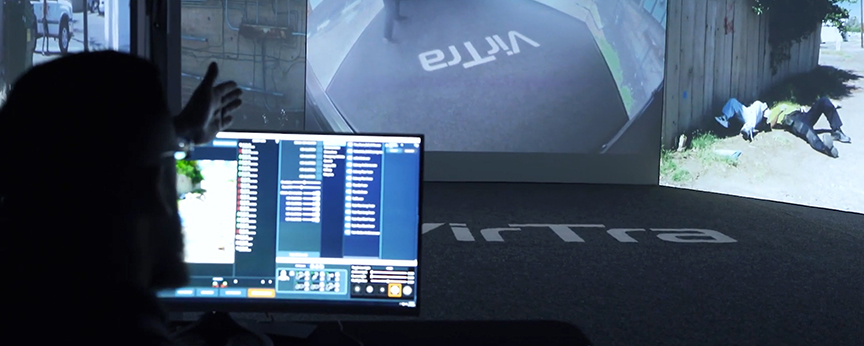
Stress is one the tenets of Reality Based Training. Most of us by now have heard of Jeff Cooper’s Awareness Color Code. As officers we were taught to remain in condition yellow while on the job. In condition yellow you should be calm and relaxed but alert to your surroundings, aware of the people around you and paying attention to any physical cues they may be giving off. Alert, but not paranoid. In a perfect world, your training scenarios are requiring your students to operate in that same environment.
In my experience as a firearms instructor, I’ve seen plenty of students perform flawless reloads and weapons manipulation on a flat range. That’s because they know exactly why they are there and what the parameters are to complete the evolution successfully. They may be operating their weapon from condition yellow, being well aware of their environment, relaxed, but alert to changes in their weapon’s status or aware of physical cues that their weapon may be giving them to reload or clear a malfunction. On the other hand, I have seen some of those same officers stumble and hesitate when operating the same model firearm in a simulated training environment.
When being pressed by a threat the awareness level can quickly go from yellow to orange to even red, and trying to figure out why your weapon didn’t go bang when you pull the trigger becomes a difficult task for some. This is why it’s important to sometimes let your student fail in training. Ever heard the axiom “the more you sweat in training, the less you bleed in combat?” When your students are made aware that they’ve became task saturated, they need to learn from it and not leave the training venue without figuring it out. It is our job as trainers to provide them with the required remediation and let them work through the scenario again. Find out what caused the meltdown, let them figure it out and put them back into the same scenario.
All too often as instructors we forget that good repetitions are what makes good training. Using the Socratic method, we ask leading questions that help the student solve their own problems. It’s the same learning method that takes place in a simulated training environment. Our training and content team at VirTra makes use of law enforcement professionals to develop realistic training scenarios that are based on real world experiences. Every effort is made to ensure realism, and that immersive training can be accomplished. Play back features and the use of TMaR (Trainee Monitoring and Recording) camera enables instructors to play back what the student was doing at any point during the scenario in real time.
At our training center in Tempe, AZ, it’s interesting to watch when an officer who is “locked on” goes through a scenario that they have never seen before. They are confident in their abilities and operate efficiently in the 300-degree environment. That’s because they’ve been there at one point or another in their career, but that’s not the only reason. Periphery devices such as VirTra’s Threat-Fire® stress inoculation device, handheld and weapon mounted lights, ECW and OC cannisters are set up to operate exactly as they would function in the field. Use of these devices in our simulator enable students to use the same tool belt that they do in the streets.
As instructors we should be training our people in an environment that closely mirrors the real-world conditions that they may face on duty. In my mind, training is the best weapon our students carry with them into the field.
This article was written by Mike Clark, VirTra Law Enforcement Subject Matter Expert. Prior to working at VirTra, Mike had a twenty-year career in Federal Law Enforcement, where he had the opportunity to work at his agency’s national training center outside Washington D.C. Mike is also an active competitive shooter and NRA-certified instructor.
Recently Published
Join Our Newsletter







